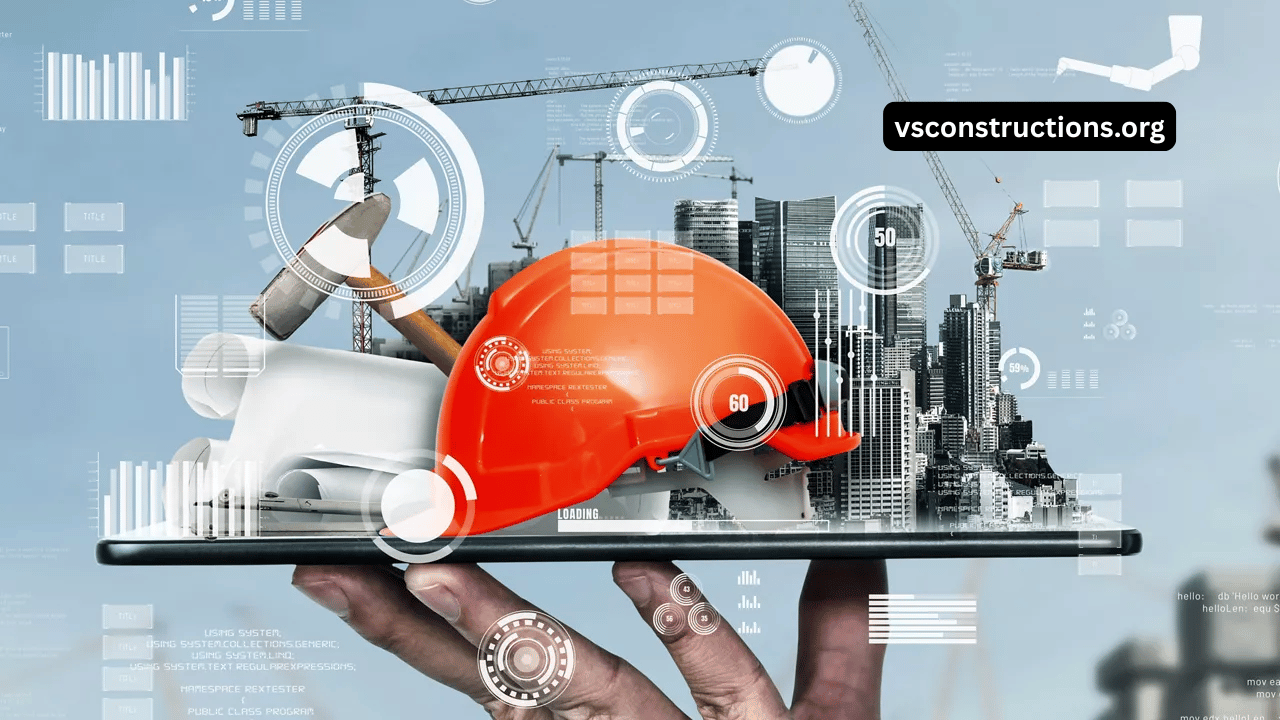The construction industry is on the brink of a materials revolution. With rapid advancements in technology, traditional bricks, steel, and concrete are being replaced by groundbreaking alternatives. From self-healing concrete that repairs its own cracks to transparent wood that rivals glass, these innovations promise to transform how we build.
However, it’s not just their novelty that appeals to the world of construction. These next-generation materials offer a variety of benefits, ranging from improved sustainability to more durable structures and faster construction processes.
In this article, we’ll explain how the construction materials of the future are helping shape a more sustainable industry, while also highlighting how different aspects of the industry are evolving to meet these standards.
Let’s get started.
Sustainable Aggregates & Materials
Sustainability in construction has been a hot topic for a long time. Things like smart materials and recycled aggregates have made a big impact on the industry when it comes to sustainability.
For instance, aggregates are used in almost every part of a build, yet the way you source and select them is starting to shift in a big way. More builders and firms are now trying to source recycled aggregates, reclaimed metals, and low-carbon concrete as practical alternatives to traditional materials.
Similarly, smart materials like self-healing concrete contain microcapsules filled with healing agents that fill and repair concrete when it cracks over time. You can use this to improve the structural integrity of concrete and make your buildings more sustainable, reducing the need for repairs and maintenance.
These materials highlight a larger trend in construction focused on smarter and greener building practices. Smart technologies that can adapt to their environment work hand in hand with recycled aggregates.
Many suppliers across the UK have started focusing more on these options, with one of them being Middleton Aggregates. They provide both primary and recycled aggregates that support sustainable building without compromising on quality.
Next-Gen Materials in Modular Builds
Modular construction is becoming a go-to choice for projects that need to be faster, cleaner, and more sustainable. A big part of its appeal lies in the materials used, as things like prefabricated panels and recycled steel are now making it easier to build without the usual levels of waste or disruption.
Because these builds happen in a factory setting, there’s more control over how materials are used, leading to less waste on-site and more chances to include smart additions. Things like airtight seals and better insulation help boost energy efficiency right from the start.
Since modular buildings are made in separate pieces, you can take those materials and use them somewhere else down the line. You can utilise modular units to easily relocate a space if your needs change, or even upgrade parts of the building without starting from scratch.
Sustainable Surfacing Materials for Greener Construction
While surfacing projects need to look good and be durable, making them sustainable is also a practical goal that many contractors prioritise. These days, stuff like recycled asphalt and paving that lets water soak through are helping projects cut down on waste and keep water where it should be.
These sustainable surfacing materials help prevent flooding by soaking up rain instead of letting it spread everywhere. What’s more, they last for a long time and don’t require frequent repairs, making the process hassle-free and cost-efficient.
Beyond helping with drainage and durability, these materials also contribute to healthier environments around us. For instance, permeable pavements reduce runoff that can carry pollutants into rivers and streams, supporting local ecosystems and improving water quality.
Innovators like LSL Surfacing are pushing these benefits further by developing solutions tailored for various projects, from public walkways to commercial car parks. Their focus on eco-friendly options means you can create functional, long-lasting surfaces that also support wider sustainability goals.
To Sum Up
With the trajectory that construction materials seem to be taking, it isn’t surprising that builders have been taking smarter, more thoughtful approaches that reduce waste and improve how buildings perform. These changes are making a real difference in how projects are planned and delivered.
You need to strike the right balance between innovation and everyday needs to contribute towards sustainable construction efficiently. This balance will be essential as the industry moves towards a more eco-friendly future.
By embracing these options that work smarter with the environment and stand the test of time, the industry is laying the groundwork for buildings that are both durable and ready to meet the challenges of the future.

